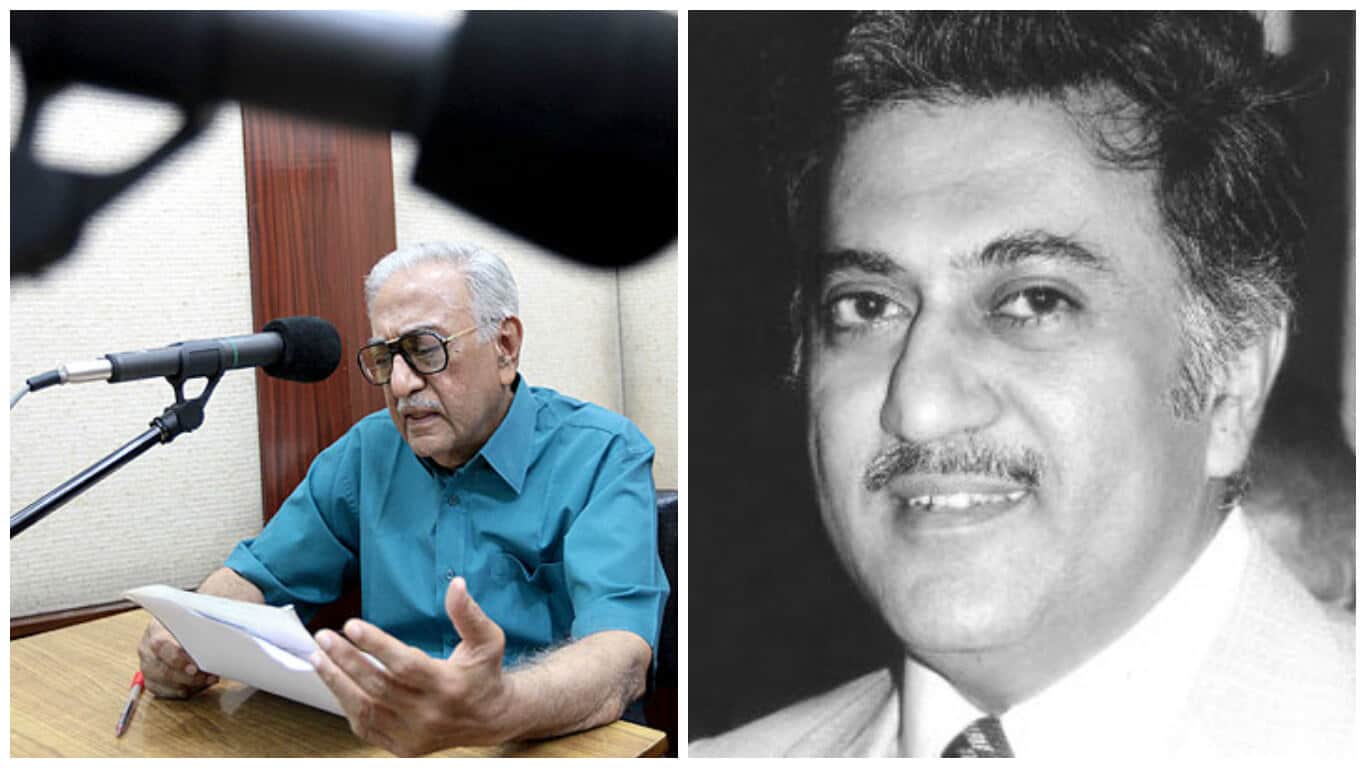On 21 October 1830, the most “skilled & accurate map-maker, The pundit nain singh rawat” was gifted to the Milam village of Johar valley of Kumaon region in Uttarakhand. From his fate to his destiny, he not only made the map of Tibet but also mapped his po-tential into a “three-in-one” man. In 1816, when one British hand was taken away from Gorkhas, another hand of friend-ship and non-interference was put forward towards the Johar Bhotias, no one knew that this would prove to be a reward for the British to create a history in the field of cartography. The son of Amar Singh, pundit Nain Singh Rawat was one of the first, late 19th-century Asian explorers of India. After spending his childhood in school, he assisted his father in different centres in Tibet and learned the Tibetan language customs & manners of the people living there as localities. While turning the pages of history about pundit pundit Nain Singh Rawat, I concluded that it can be specified with a lot of reasons and incidents where one can say the synonym “three-in-one” man is well founded and quite persuasive for him. His existence as an explorer, spy and masterji at the same time is an implausible truth.
One can’t help but wonder as to how a living man can explore such a vast region? I must say when I por-trayed his personality through my eyes I see a person of willingness and it is because of this willingness, he gave his first trial in the field of cartography at such a young age in 1855 by getting recruited by the Schle-agintweit brothers, the German geographer. With the permission of survey of India, they proceeded with their survey along with pundit Nain Singh Rawat, his brother Mani Singh, Kalyan Singh and cousin Kishan Singh, making their first exploration trip between 1855 & 1857 in which they covered lakes of Manasarovar and Rakas Tal, then to Gartok and Ladakh. Meanwhile, the British were rubbing their heads for the execution of the Great Trigonometrical Survey (GTS) which was started in 1802. At that time the western traders were not allowed in Nepal and Tibetan regions to trade among their people but the British were impressed with the idea of exploring the vastness of central Asia and the Indian sub-continent. To counter such ram-pant geopolitical situation, the British collected native people from regions that were under their control and also the neighbors of upcoming surveying area to push them to fulfill the agenda of GTS.

In 1863, pundit Nain Singh Rawat and his cousins were selected for GTS and were sent to Dehradun office for 2 years of training, where they learned how to use scientific tools and instruments and indigenous ways of measuring and recording. Although Nain Singh was not a professional surveyor and was never introduced to such kind of scientific equipment, his potential and intelligence led him to learn all the skills of recog-nizing major stars and different constellation in such a short span of time. Along with the hard work, he implemented his knowledge with the salary of ₹20 per month. He walked through his native region of Ku-maon to Kathmandu, Lhasa and Tawang. The altitude of Lhasa, a map of Tsangpo (which is now known as the Brahmaputra in India) and gold mines of Thok Jalung were first determined by Nain Singh. Later Mani Singh and Nain Singh stepped ahead towards Nepal. He found himself blessed to meet Panchen Lama in Tashilhunpo and Dalai Lama in Lhasa, while Mani Singh came back to India.
In 1867, he started his second junket in which he bumbled across the gold mines of Thok Kaling where he got disappointed to see the humiliation upon the workers for the crime of digging the earth deep which de-prives it of it’s fertility.

The journey from Leh in Kashmir to Lhasa in between 1873 & 1875 was his last exploration. On March 1, 1875, helping commander prepared everything to let him go to Guwahati after travelling 1405 miles from Leh to Udayagiri. This last journey was inspired by the idea of surveying a route from Leh to Lhasa with the one he had taken up in 1865. In the last part of his journey, while travel-ling from Udayagiri to Calcutta by sea, Trotter had provided him a letter which consisted of his introduc-tion for the ministry of Kolkata so that he could get a proper arrangement of transport from there. This three-in-one man did a third-time covert piercing of Tibet. Several years later, It was found that Rawat’s calculations were accurate and the diary in which he had written about his junkets, maps and surveys worked as a guideline for future explorers. While addressing the RGS, Colonel Henry Yule said “Nain Singh is not a topographical automaton, or merely one of a great multitude of native employees with an average qualification. His observations have added a larger amount of important knowledge to the map of Asia than those of any other living man.” There’s a lot of questions that one must be embossing in his mind about the junket. It was a risk not only to his health but to his whole life because along with the safety measures, there were some basic requirements that were needed for the survival of one’s life. As an explor-er, Nain Singh Rawat abided sufferings as well. Evidence says that the ordeal he went through in these two decades of firmness battered him extreme-ly.
However, his works are supposed to be anti-patriotic because he worked for the British and that’s why many people don’t know about him. The upcoming generation rarely appreciates such works when they compare his work in this era. People who think his work as anti-patriotic don’t consider the aspect that firstly he was the first Indian who did such incomparable work in the
contributed his hands in making maps because of the wanderlust he had, not because of any aim of ful-filling the agenda of British or property possession. ” One’s art of having and implementing skills are above the judgment of intention”. That’s why one should consider his work as a privilege for India. The work of Rawat was different from other explorers in terms of methodology. When he was in Dehradun, he was not only told about the instruments but was also told to distinguish himself as a trader or holy monk and that’s what led him to be a ‘spy explorer’. While travelling in different parts of Tibet, he dressed as a Tibetan monk and maintained a precisely measured pace calculating one mile in 2000 steps which were measured by the modified Buddhist rosary. These rosaries had 100 beads rather than the ideal 108 beads.
After travelling, measurements were coded in a form of written prayers that was hidden in the cylinder of the prayer wheel. This unique spy technique sounds interesting and adventurous but in actuality, account-ing for everything with the fear of not being caught is a tough job to be dedicated for. To escape from being noticed, courier shells were filled with mercury and was poured into begging bowl carried by him to create artificial horizon for detecting directions. Also, the thermometer was kept in the topmost part of the monk’ staff. The clothes he wore was full of thief pockets. He had used a large number of sextant observation while packing his routes, compass bearings and observation of boiling point of water for measuring the al-titude. He placed workshops where sextants & other surveying instruments were made in provisions chest. He was once identified by two Kashmiri Muslim merchants during his stay in Lhasa, but fortunately, they lent him a small amount of money against the pledge of his watch rather than reporting him to the authori-ties. Throughout his surveys, it was more important for him to safely walk through the passage to cross the border because it was the main hurdle. Although after crossing frontier, he would be passing through the areas where population were relatively thin.
It is said that “the more you will share your knowledge, the more you will gain it”. Considering the same, this spy explorer not only learned things but also made others to learn them. In between his voyages, he also joined the education department and started teaching in government vernacular school in his own vil-lage where he later became the headmaster. The time period from 1858 to 1863 gave him a new suffix ‘pundit’ before his name. It was not because of his caste but because it was the time when teachers were also named as a pundit. Even after his retirement, this masterji was willing to share his knowledge with other people so he continued training the fine art of secrete exploration to Young’s until 1879. This anato-mist has been also called “pundit of pundits” by Colonel Henry Yule. Also, General Walker, superinten-dent of the GTS had stated that, “Nain Singh is an admirable trainer and has managed to collect several young men around him and taught them all that is necessary for work of this nature so that they are now ready for further explorations.”
The three-in-one man was made public in Geographical Magazine in 1876. He was admirable among the members of GTS, who believed that this man deserves monetary compensation more than pension and recognition from the Royal Geographical Society (RGS). Also, the society of geographers of Paris awarded him an inscribed watch. The RGS awarded him with a gold medal & two villages were granted to him on the behalf of the government of India. This was not enough for the incredible work that he had done, so
further, the snow capped mountains just south of Pangong lake were a tribute to him and now, are called the Nain Singh Range. In 2004, a stamp was released by the government of India with the dedication of Nain Singh Rawat. Recently, Google doodled an illustration by Silhouette Diorama on 21 October 2017, detailed a man with a troll to stand to look over the horizon behind the lofty mountains who died in 1895 because of a heart attack he got while going to his village, Jagir in Indian Terai, granted to him in 1877.
In spite of rain and shine, Nain Singh Rawat proved his wayfaring work to be laced in the golden fabrica-tion of cartography with his thriller espionage techniques to let the world know his presences notwithstand-ing spoofs. The imagination of his personality as masterji is something that gets additional novelty in ac-complishing the purpose of his life. I wish the world would understand the perks of people we have, who contributed in different w
Discover more from The Doon Mozaic | द दून मोज़ेक
Subscribe to get the latest posts sent to your email.




One thought on “The explorer, spy & Master Ji, Pundit Nain Singh Rawat”